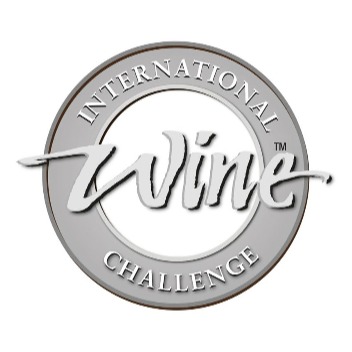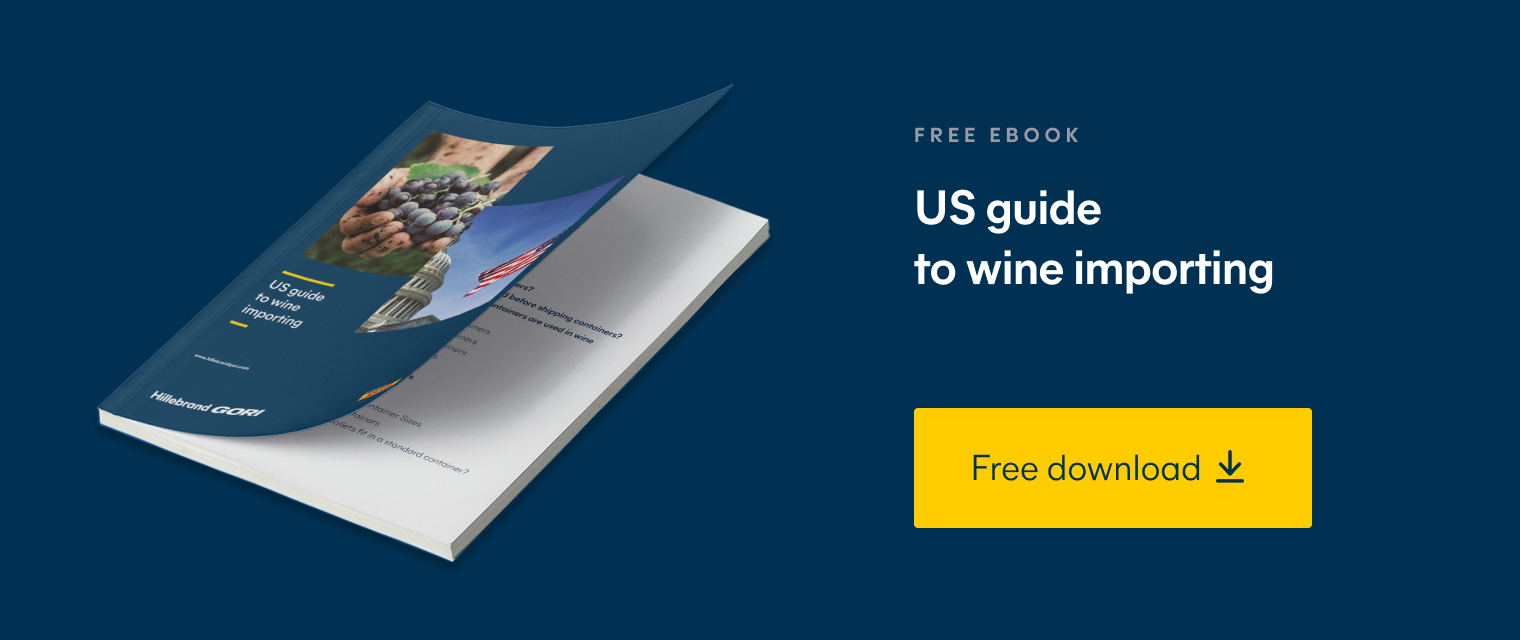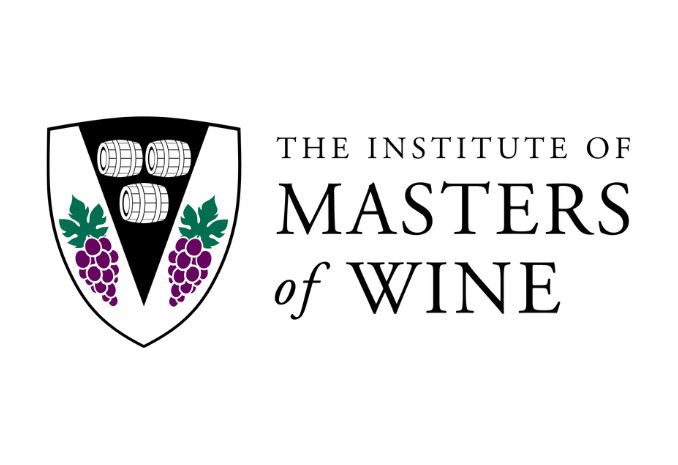Share this post
Trade shows are making a comeback in the USA, with in-person attendance at The Unified Wine & Grape Symposium; the largest wine industry trade show in the country
If you didn’t attend the show, apart from seeing our smiley faces, here’s what you missed…
Four key trends in the US wine industry
- Flattening US wine consumption
US and global trends have showed flattening totals and per capita in wine consumption since 2010. Spirits are gaining market share from both beer and wine. Aging US consumers (boomer generation) are not being replaced, as younger generations trend towards RTD (ready-to-drink), seltzers, and lower calorie/carb/sugar drinks. - Continued consumer demand for premium
Consumer demand for greater quality has been driving the sales growth of higher priced wines. According to Nielsen Food/Liquor data the wine segments showing the growth are $US 15-20 (3.2%) and over $US (12.1%). growth - Tightening supply dynamics
Prior to 2020, the US wine industry was dealing with grape oversupply and excess inventory which was absorbed during 2020 pandemic purchases. West Coast fires in 2020 and a short 2021 harvest further reduced supply/inventory. - Narrowing access to market
Consolidation of market share at the retailer level is forcing consolidation at the distributor level. The National Retail Federation reports the top five companies control 50% of US grocery sales (Kroger, Publix, Aldi, Albertson, Ahold Delhaize). Shanken Impact says the top three wholesalers control 65% of distributor revenue (Southern Glazers Wine and Spirits, Republic National Distributing, Breakthru Beverage). Mike Eaton, Vice President Supply Chain Management at Jackson Family Wines was on the panel for the global supply chain disruption session. He said ...
Supply chain trends in the past 10-20 years have focused on just-in-time, lean inventory and rightsizing trends for efficiency. People and positions were outsourced with technology and 3PL was favored over asset-based operations.
Today the trend is focused on orchestration and more actively managing risk.
Wineries are employing diversification strategies and investing in demand and supply planning.
Advice to wineries:
- Simplify business (flexibility in bottle sizes, sources, label needs, local suppliers, etc.) to make your business easier to supply.
- Collaborate with suppliers more. It’s critical due to the extended lead times in supply chain right now and focus on shifting production/planning/labor needs in off-peak seasons.
- Keep sustainability in focus, the market is driving this, especially for attracting new talent. It’s not just a requirement due to regulation.
There’s many ways to adapt, overcome and succeed; utilizing destination warehouses, switching to groupage shipping or turning to air freight for speed to name a few. Our SCM solutions can help your business to become more agile and flexible in your global supply chain. Whatever you need, wherever you need to ship to, we’re here to help.





